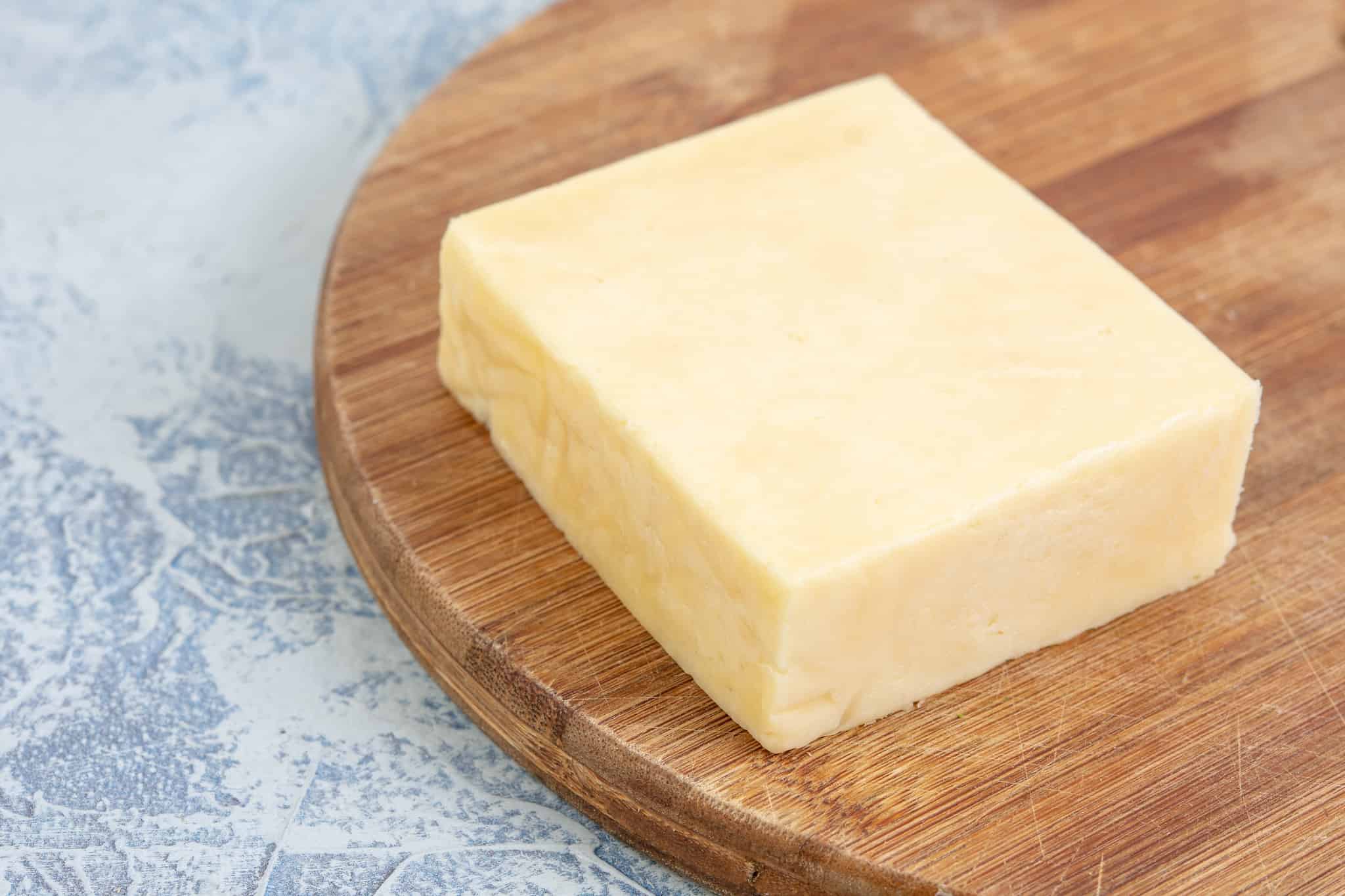The magic that is cheese needs only four ingredients: milk, salt, a coagulant and microbes. It’s a fermented food, created through microbial communities. While scientists have a good understanding of these microbes, it has remained a mystery how they determine cheese’s flavor and aroma. Now, we may finally have the answer.

Researchers at Utrecht University in the Netherlands focused on cheddar, one of the world’s most popular cheeses. It has been around for over 800 years and has evolved into many different varieties and flavors. While young cheddar is mild, creamy and smooth, with a buttery texture, aged cheddar is more nutty, crumbly and sharp.
A cultured food
Throughout the centuries, artisanal cheesemakers depended on naturally occurring microbes in milk and the cheesemaking surroundings to craft their cheeses. However, this changed in modern times. Now, cheesemakers commonly introduce specially formulated starter cultures and specific secondary cultures into their cheese blends.
In their study, the researchers produced several cheddar samples using diverse starter cultures that featured different combinations of bacteria, such as Streptococcus thermophilus, Lactococcus cremoris, and Lactococcus lactis. Some were cultured by the researchers themselves, while others were sourced from industrial producers.
They prepared the samples and left them undisturbed for a full year, allowing them to mature. Then, they revisited the samples and documented the microbes. The researchers found that S. thermophilus plays a crucial role in fostering the growth of Lactococcus strains and contributes to shaping the flavor profile of cheddar cheese.
Cheddar samples made without S. thermophilus had lower levels of Lactococcus bacteria after a year compared to the other samples. The researchers also found that L. cremoris is instrumental in imparting the distinctive flavor to cheddar. This is because it regulates the formation of certain chemicals, which, in excess, can result in off-flavors.
“When we did the experiment, it was obvious that part of the community clearly benefited from the presence of another member and also the metabolic profile was significantly different when we removed specific members of the community, but not others,” Chrats Melkonian, one of the study authors, told Chemistry World.
The findings shed light on how cheese is made and also confirm how important it is to select and combine different microbes to achieve the desired flavor. While more research is needed, the researchers believe that in the future artificial intelligence may be used to predict which organisms (and how many) can produce the desired flavors.
“Our results show how strain-specific metabolic interactions between microbes shape the biochemical profile of cheese, and provide targets towards the rational design and assembly of microbial communities with the aim of fine-tuning cheese flavour,” the researchers from Utrecht University wrote in the journal Nature Communications.









